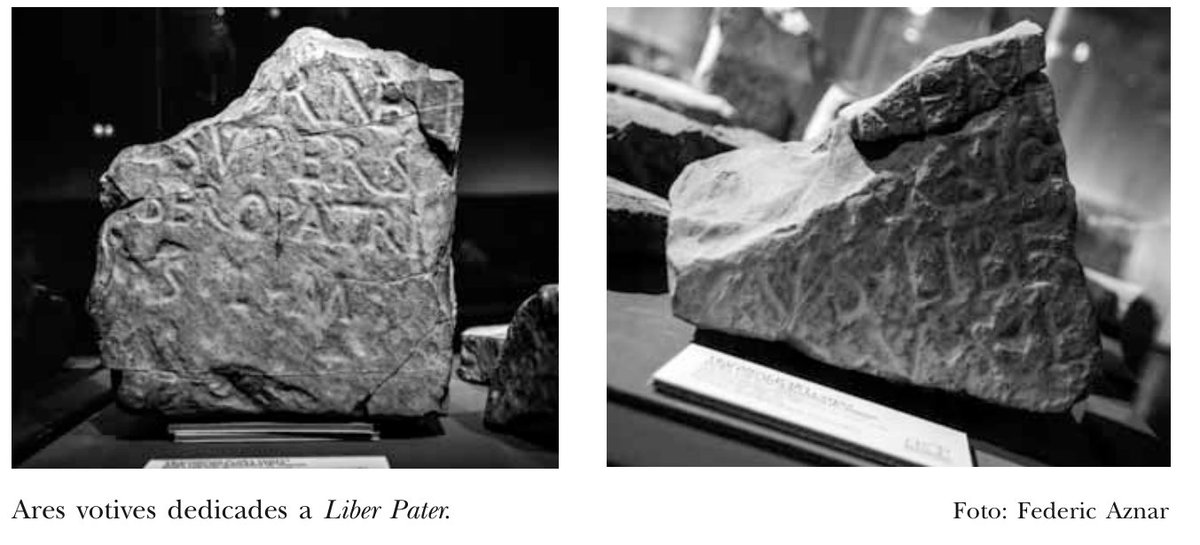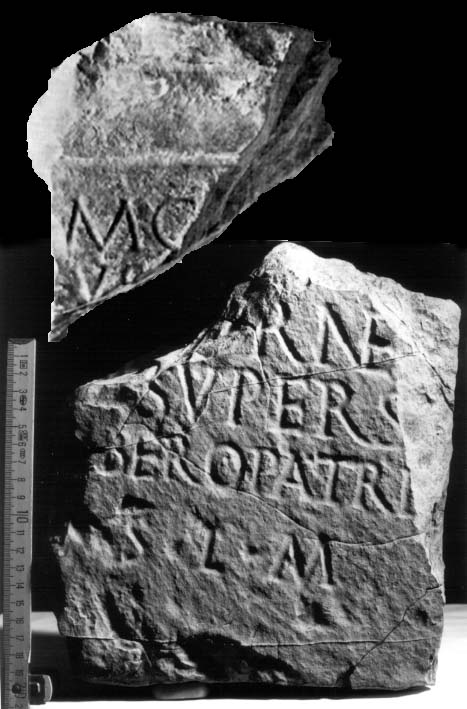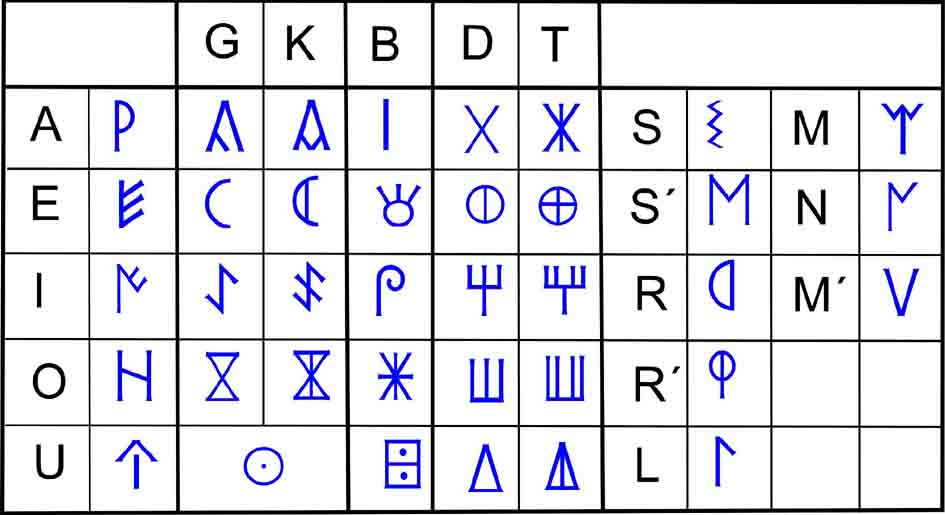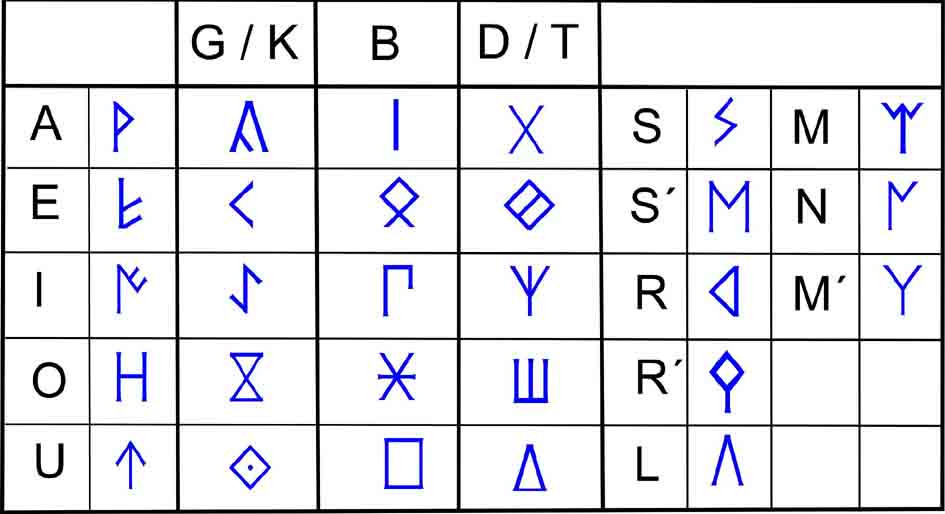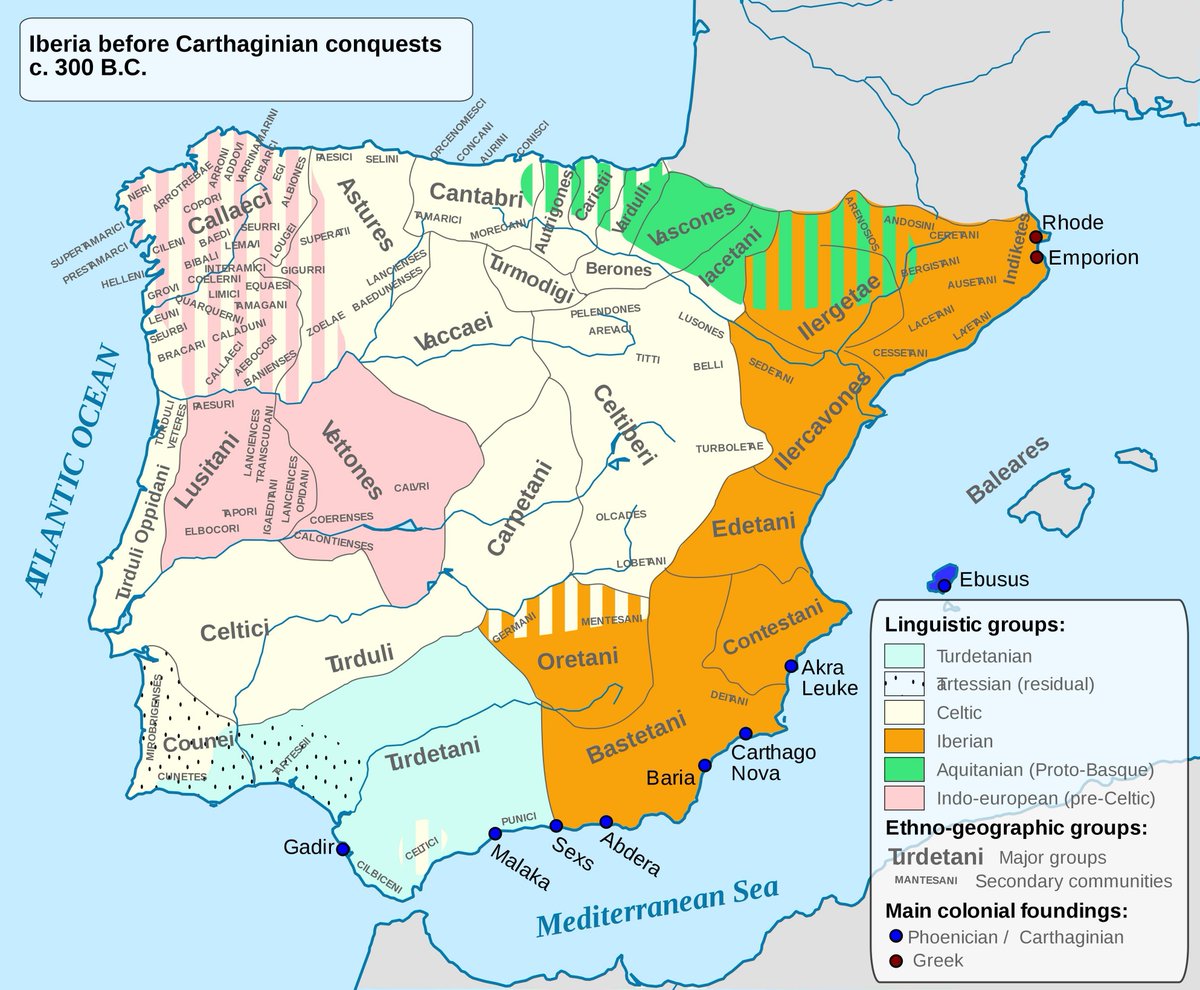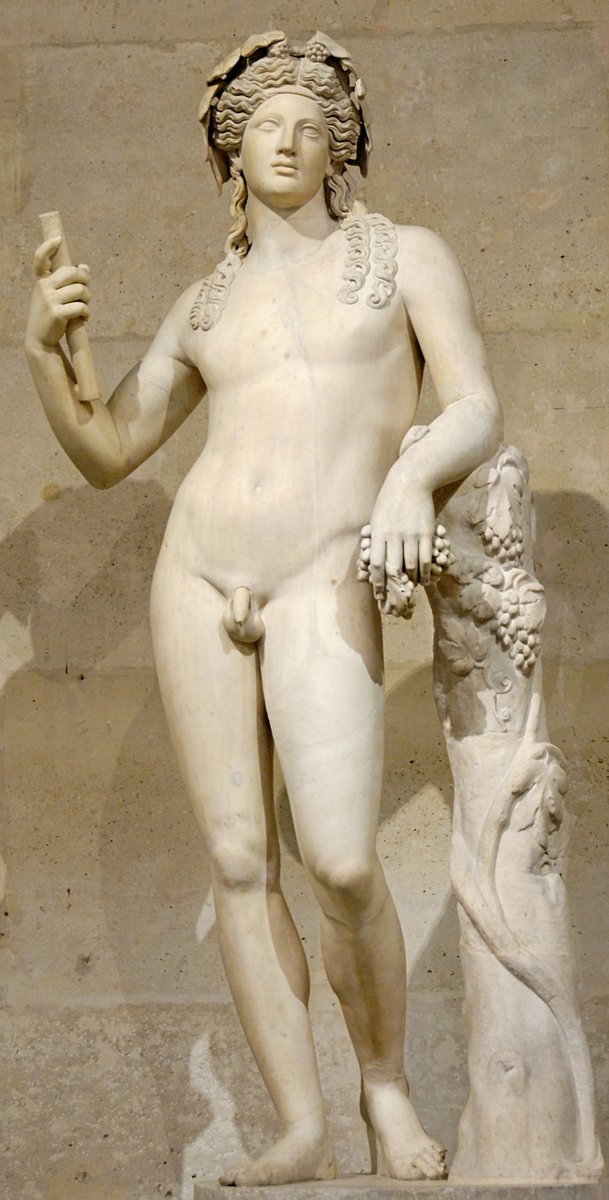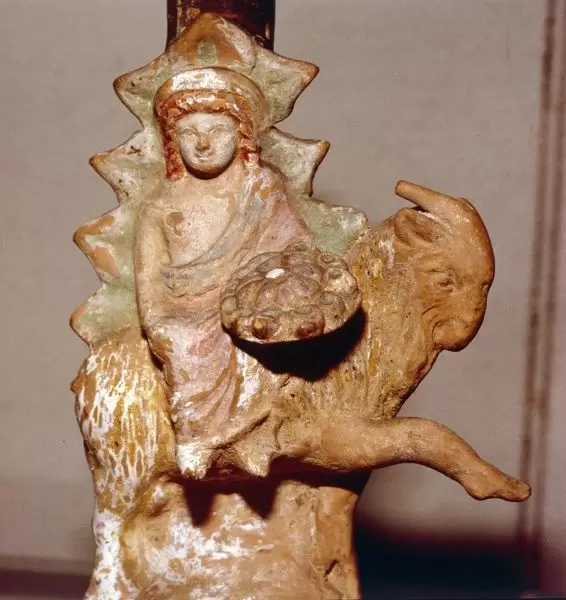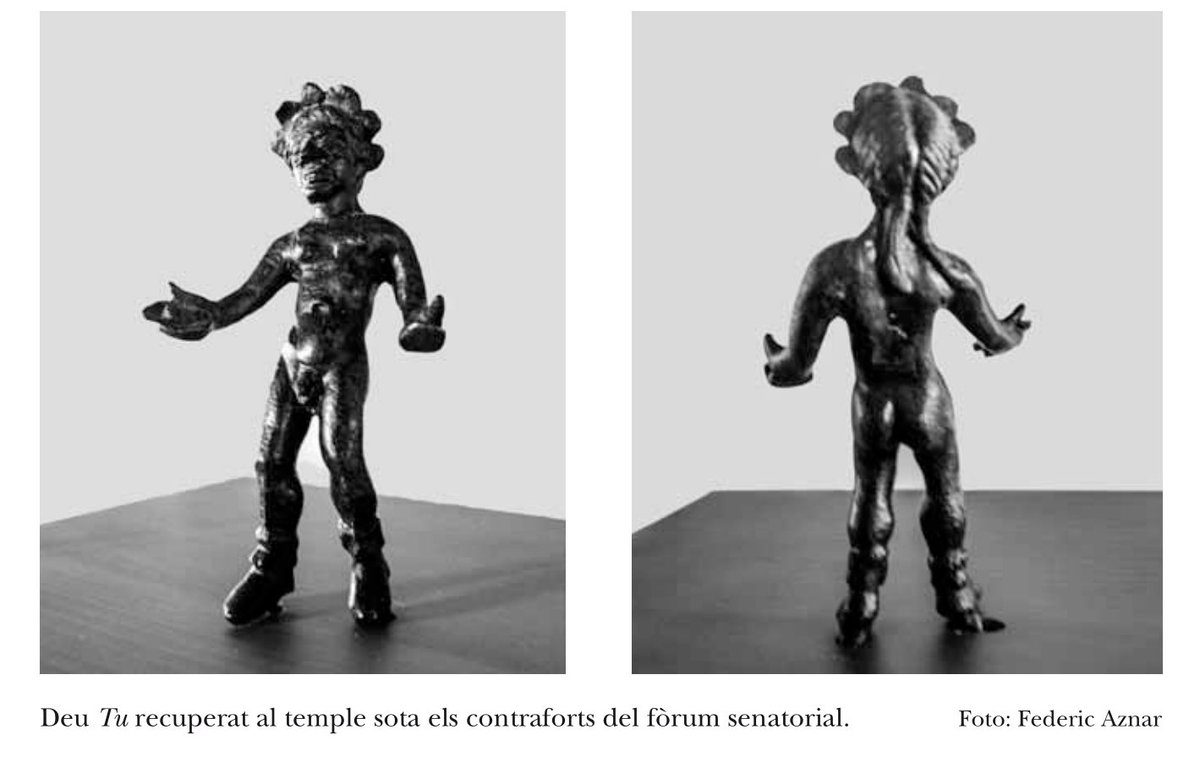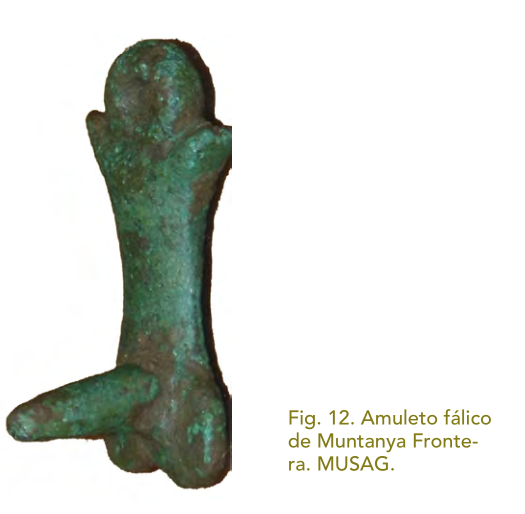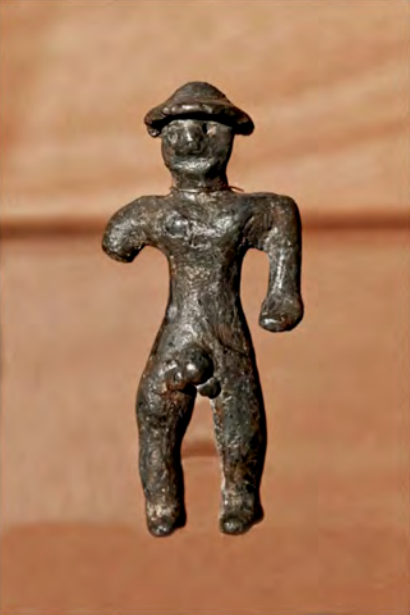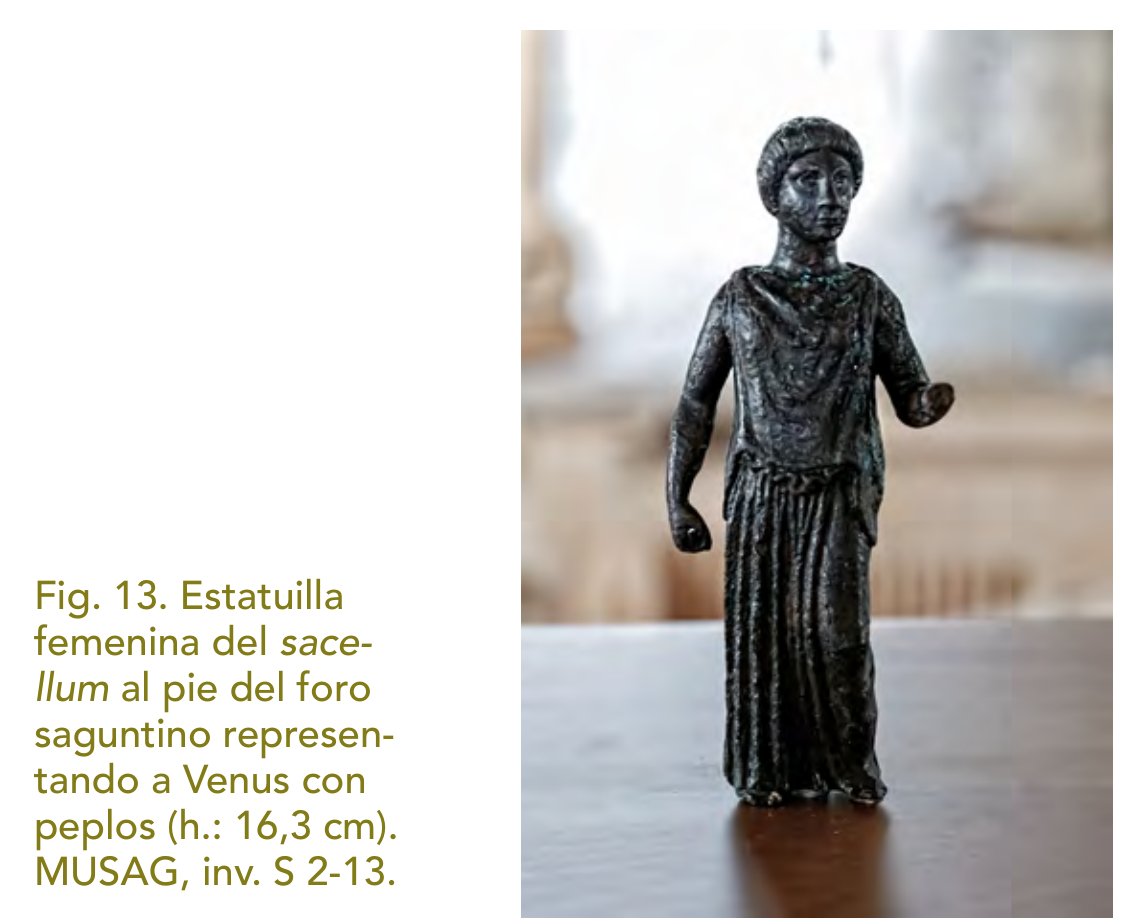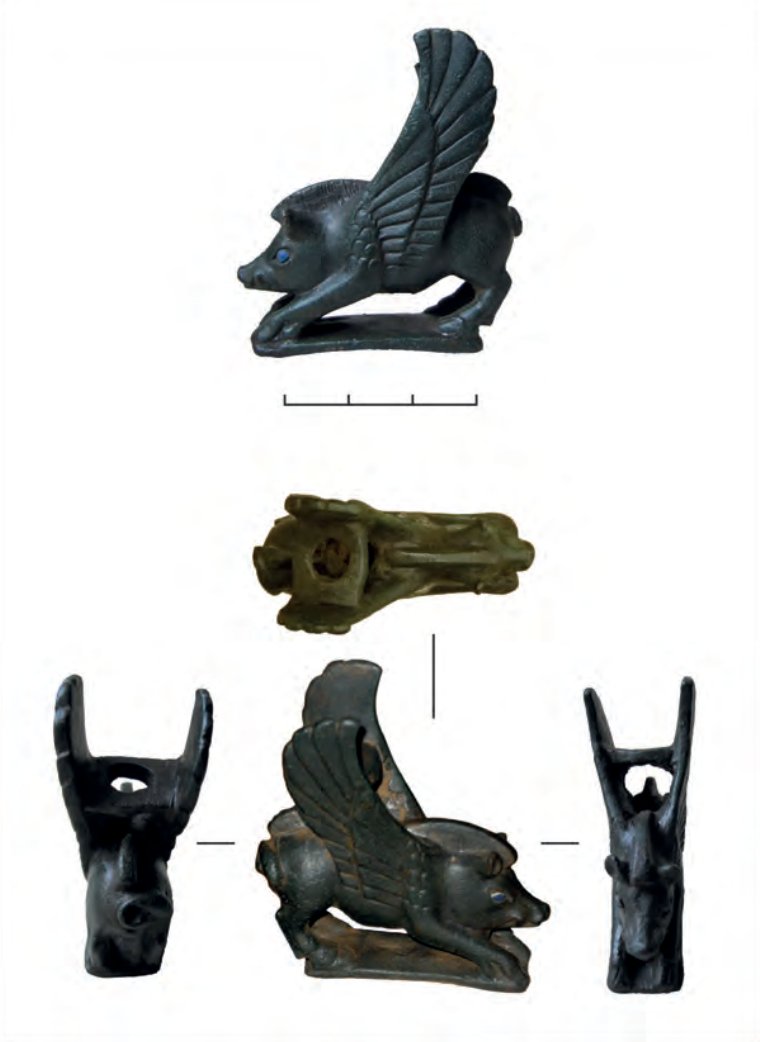1/ It was brought to my attention by @gouchoogrande an Iberian deity which would be called Bokon, equated with Dionysus.
Never having heard about a deity like Dionysus in Iberia (as we didn& #39;t really produce wine), I started researching and the findings were interesting! Thread:
Never having heard about a deity like Dionysus in Iberia (as we didn& #39;t really produce wine), I started researching and the findings were interesting! Thread:
2/ So it is true that most of Iberia did not produce wine widely until the Romans came. Apparently the Tartessians in the South had knowledge of it, and Greeks introduced it to their colonies in Eastern Iberia. But the rest of the Peninsula had no such drink...
3/ Enter the temple of Muntanya Frontera in Sagunt, Catalonia, also known as Salt del Cavall (Horse& #39;s Jump in Catalonian). Active from 4th century BCE until the destruction of pagan temples in the late 300s CE, a divinity associated with wine and harvests was worshiped here...
4/ This is obvious as inscriptions written in Latin mention the deity Liber Pater, a Roman God of wine, fertility and freedom, later syncretised with Dionysus/Bacchus.
But the ruins of this temple hid something else... inscriptions written in the Iberian script and language!
But the ruins of this temple hid something else... inscriptions written in the Iberian script and language!
5/ These inscriptions predate the Roman Conquest, being written between 3rd century BCE and 1st century BCE. They are written in the Northeastern Iberian script. This temple is in an area where the Edetani tribe lived, speakers of the Pre-Indo-European Iberian language.
6/ Due to the Edetani proximity to Greek and Phoenecian cities in Eastern Iberia, they acquired the knowledge of viticulture and started producing wine. The deity Tu, who was associated with agriculture and fertility, was worshiped here. But what about Bokon, you may be asking?
7/ It even sounds like Bacchus, you may be thinking. That& #39;s part of the source of the misconception. A classic case of folk etymology. Manuel Gómez observed that Bokon is in fact a family name, appearing in the Iberian inscriptions with first names before it: Iltu and Biur
8/ Other family names were identified in these plaques, such as Ede, Beles and Kauko. One of the inscriptions says "Iltu Bokon te Tu ar", "To the (God) Tu by Iltu Bokon".
A defixio found nearby reads "Iustir a Tu ne", "To the justice of Tu".
A defixio found nearby reads "Iustir a Tu ne", "To the justice of Tu".
9/ Tu also appears in Southern Iberia, in a Latin inscription reading "Beda Tu n/Aellia Belesi Ar/Sorte Iusu/V.S.L.M.", "Aellia Beles to Tu of the Mountain". Mountain actually comes from Beda, which is known to come from Basque "bide", which means "mountain"...
10/ So, notice 2 things in the inscription: Aellia is parte of the Beles family mentioned earlier and uses a Basque/Iberian word to describe Tu. The temple is located in a mountain, that& #39;s why it is "Tu of the mountain". Tu also appears in fragments of inscriptions of the temple
11/ But as they are fragments, we can& #39;t conclude much about them. Finally, we actually have physical depictions of Tu below! He is depicted with a crown just like that of Dionysus, and also with a libation bowl.
12/ Furthermore, we have statues from this temple with explicit phallic motifs, a symbol of the fertility of Dionysus. Even more interesting, the temple also had a statue of Venus. We know from the mythology that Venus/Aphrodite is the consort of Bacchus/Dionysus...
13/ And to end this thread, there were also winged boar statues in the temple of Tu. The boar, as we& #39;ve seen many times, is a symbol of fertility and rebirth. All within the realm of Dionysus.
14/ I now invite you to read these Orphic Hymns to Dionysus. Funny Pallando posted these the same day Tu was brought to my attention. You shall see the same symbols discussed earlier in this thread. https://twitter.com/KomninosM/status/1248446125352370181">https://twitter.com/KomninosM...

 Read on Twitter
Read on Twitter

